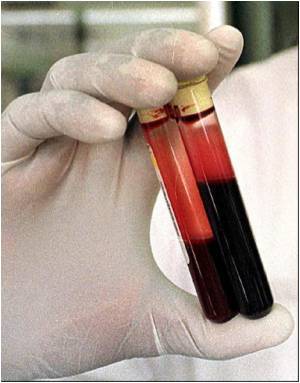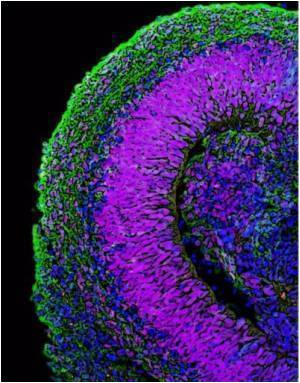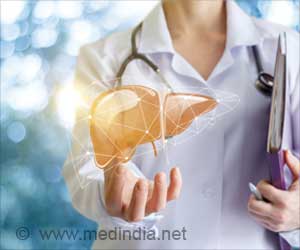Frozen human blood could be reprogrammed to an embryonic-stem-cell-like state to study diseases, researchers at Whitehead Institute have discovered.

The breakthrough described here allows for study of cells from frozen blood samples already stored at blood banks-even from deceased patients.
To date, most cellular reprogramming has relied on skin biopsy or the use of stimulating factors to obtain the cells for induction of pluripotency.
The current study, has for the first time shown that cells from blood samples commonly drawn in doctor's offices and hospitals can be used to create induced pluripotent stem (iPS) cells.
Using blood as a cell source of iPS cells has two major advantages.
"Blood is the easiest, most accessible source of cells, because you'd rather have 20 milliliters of blood drawn than have a punch biopsy taken to get skin cells," said Judith Staerk, first author of the study.
Advertisement
"There are enormous resources-blood banks with samples from patients-that may hold the only viable cells from patients who may not be alive anymore or from the early stage of their diseases. Using this method, we can now resurrect those cells as induced pluripotent stem cells. If the patient had a neurodegenerative disease, you can use the iPS cells to study that disease," said Jaenisch, who is also a professor of biology at MIT.
Advertisement
These reprogramming factors convert the adult cells, with defined cell functions, into much more flexible iPS cells.
iPS cells can then be nudged to divide repeatedly or turn into almost any cell type found in the body, allowing scientists to create large amounts of the specific cells needed to study a disease, such as dopamine-producing neurons for Parkinson's disease research.
Unlike other cell types, human blood cells had proven extremely difficult to convert into iPS cells.
Working with frozen blood samples similar to those found in a blood bank, Staerk found that it was possible to convert the blood cells by inserting a "cassette" of the reprogramming factors end to end, rather than inserting each of the factors separately.
Staerk is particularly interested in using these iPS cells to study blood diseases.
"With this method, you could reprogram blood samples from patients where the underlying cause of their diseases is not known, and get cell numbers large enough to screen for genetic factors and study the molecular mechanisms underlying the blood disorders. That's a big advance, especially if the patient is not alive anymore and new material cannot be obtained," she said.
The study is published in the latest issue of Cell Stem Cell.
Source-ANI












